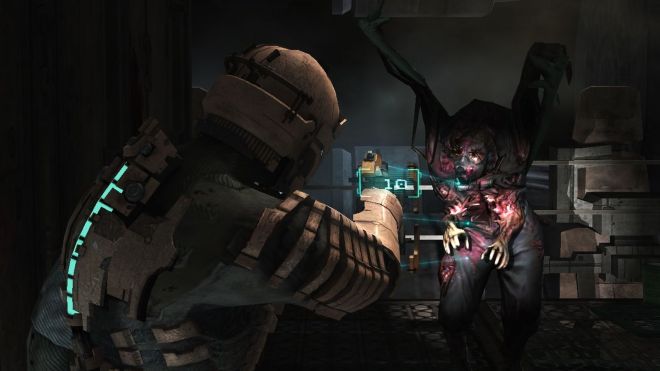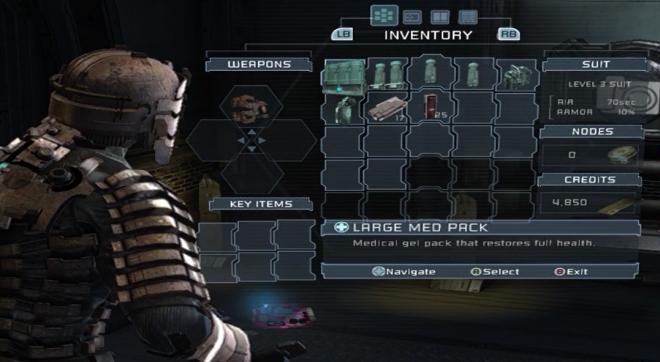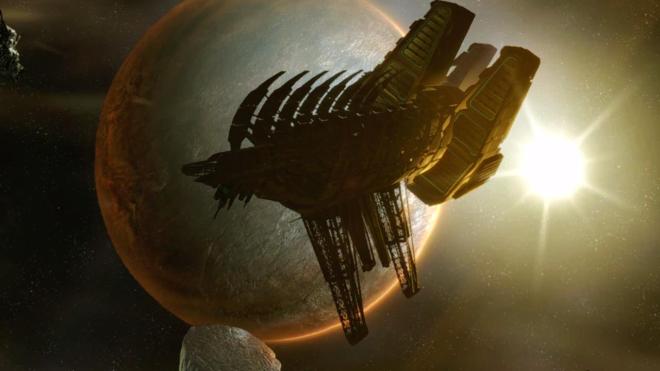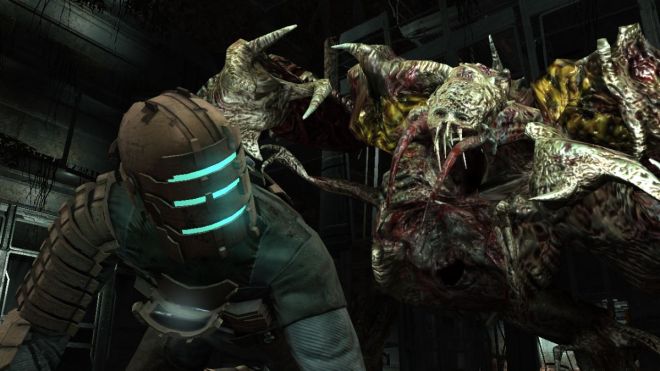Sometimes a gamer needs a break from the fast-paced action games that have been very popular in the past and still continue to be to this day. Usually after a long adventure game or a heavy RPG with a steep learning curve, I need something more casual to chill out while watching anime or martial arts movies. Kingdom: New Lands is an expanded and improved-upon version of the original indie hit: Kingdom. If you’re looking for an addictive time-killer with simple controls and surprising amount of challenge, look no further.
 Kingdom: New Lands
Kingdom: New Lands
Systems: PC, OS X, Linux
Developer: Noio
Publisher: Raw Fury
Release Date: August 9th, 2016
Price: $14.99 (on Steam)
The first thing you will definitely notice in Kingdom: New Lands are the absolutely beautiful pixel graphics. The artwork is absolutely gorgeous! Everything is so minimalistic, yet so atmospheric and alive. There are multiple foreground and background layers moving independently as the player character travels which gives the illusion of a 3D-type effect. Every bit of the game looks amazing. I was immediately immersed, although I’m still somewhat shocked at the game’s seemingly simplistic nature. Simplicity, however, is actually Kingdom: New Lands’ biggest strength.
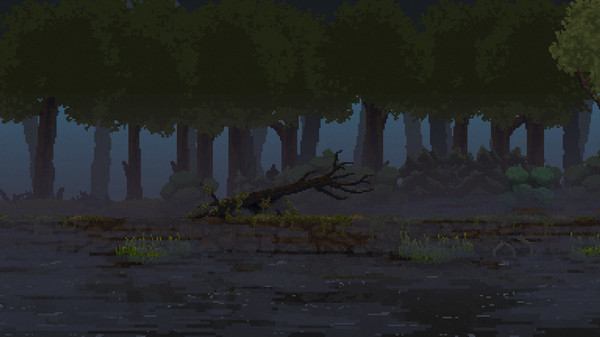
Speaking of simple, controls don’t get much simpler than the controls in Kingdom. The only buttons used during gameplay are left, right, and down (or ASD on the keyboard). Left and right move the character left or right, respectively, and double tapping them will allow you to sprint for a short duration (tip: letting the horsey eat grass will recover it’s stamina faster!). After collecting a few coins, you can press the down button to drop those coins. “Why would drop your coins?!”, you might ask. Good question, allow me to explain.
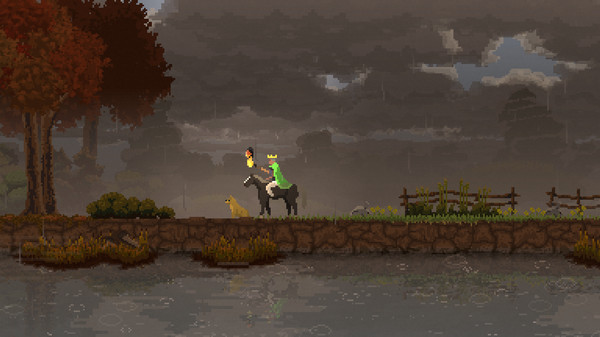
In Kingdom: New Lands (as well as the base game) you don’t have access to any weapons, attacks, or magic. Not personally at least. You begin the game as a randomly generated king or queen riding a horse (tip: you can re-roll your characters appearance during the loading screen! The game never mentions this and I found out by accident). You are led to a campfire by a ghost of a former king or queen. Along the way you will collect a few coins. Once the campfire is lit, a base is built. Now it’s time to spend that cash money!
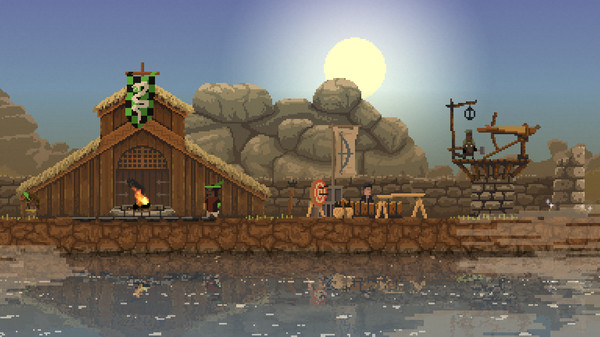
In order to spend the coins, you will need to look for vagrants. Vagrants are the homeless looking fellows who set up camps throughout the wilderness. These desperate men will willing join your cause for the price of a single coin. Once recruited, vagrants become commoners in your kingdom. In order to make use of these recruits you must first supply them with gear. To begin with, you can hire them as hunters or builders. Hunters hunt wild animals like bunnies and deer, while builders will craft fortifications, cut down trees, and repair your defenses. Later on, farmers and knights can be hired. Farmers tend to your land once you’ve built a farm and become a constant supply of money. Knights will be your stalwart defenders and can be assigned a team of archers as his or her guild to enter the fray of battle together.
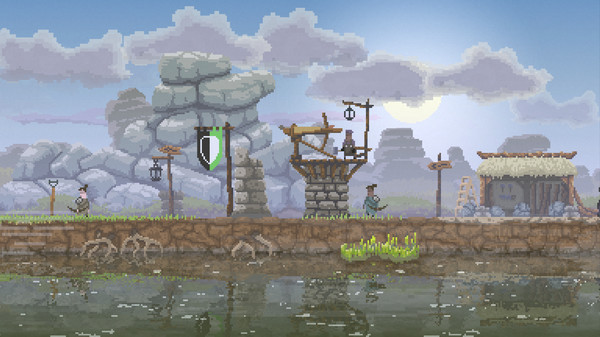
The gameplay mainly revolves around walking back and forth to discover what lies in wait behind your walls, collecting coins (or taxes), and wisely investing in your kingdom as you expand it’s borders. Kingdom: New Lands adds a solid amount of new content to expand upon the base game. After building up your kingdom, you are now able to repair a wrecked ship. Repairing this ship and protecting it until it reaches the dock is how you will move to the next land. Each land offers increasing difficulty and challenges. Kingdom: New Lands also provides a handful of reworked mechanics and a generous serving of new unlockable mounts and other nifty bonus content.
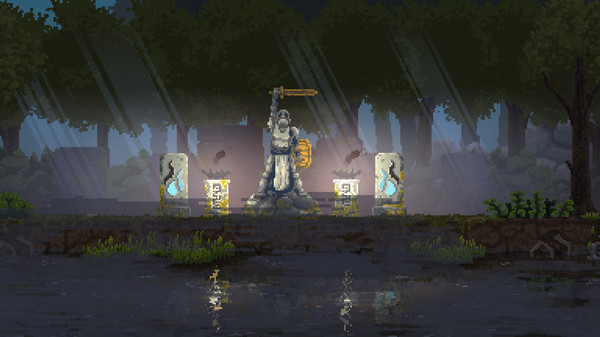
If this is sounding much too simple, it’s because the trickiest and biggest challenge to your success hasn’t even been mentioned yet. Allow me to introduce your eternal nemesis: The Greed! The Greed are not to be trifled with. These ghoulish, mask-wearing fiends will do anything to get their hands on your crown. There are different ranks among the greed, generally distinguishable by the look of their masks. The most noticeable difference is the amount hits they can endure before dying. Every few nights, especially during a blood moon, these monster beings will charge in and attack your kingdom in attempt to steal the royal crown. To keep them at bay, you must construct and fortify your walls and defenses. Walls alone won’t save you, however. To survive, you must also recruit and arm enough hunters, knights, and catapult engineers who will fight tooth and nail to defend the kingdom as the waves of enemies increase over time. When defeated in battle, your recruits will either be turned back into commoners and vagrants. They can sometimes also be dragged off by The Greed, never to be seen again.
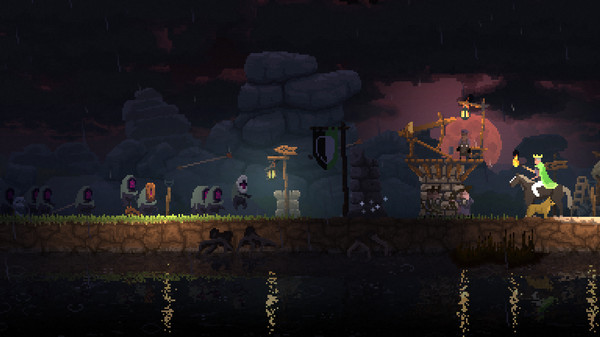
Final Judgment: 82%
I found Kingdom: New Lands to be quite addicting and very enjoyable. These are hands down some of the best looking pixel-graphics I’ve ever seen. The game is very simple and somewhat repetitive, yet still manages to be entertaining and require a decent amount of strategy to survive. The recruiting, base-building, tower-defense, and resource management all compliment each other very well and together create a very engaging and interesting gameplay experience. Kingdom: New Lands goes from casual to hardcore at a very well designed pace. The simplicity of the controls and style of the game might seem basic but once you’ve gotten the game of it, it can be extremely rewarding. I would recommend picking this game up. At such a great price you really cant’ go wrong. Prepare to build, explore, and expand!
Pros:
- Beautiful pixel art
- Simple controls
- Unique gameplay
- Unlockable bonus content
- Challenging
- Perma-death
Cons:
- Cannot attack or defend yourself
- Somewhat repetitive
- Almost no direction or explanation of buildings/other objects




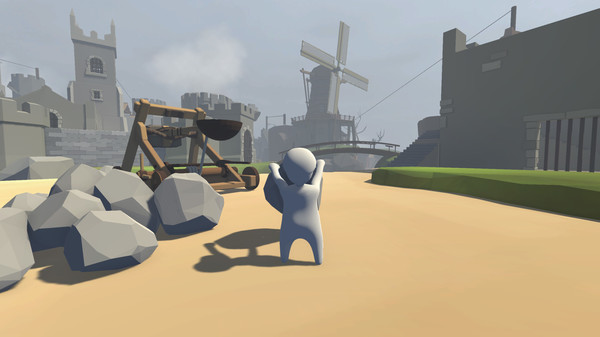
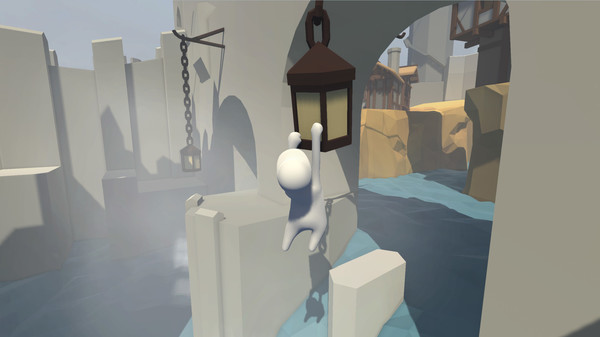
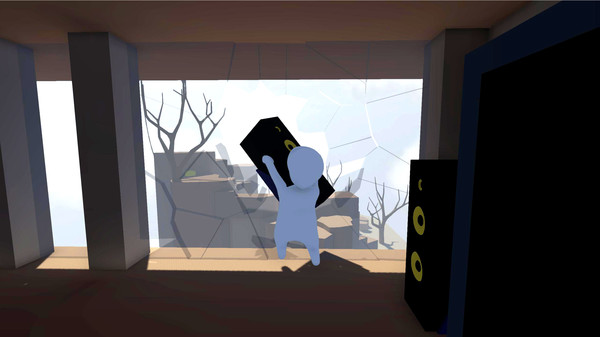

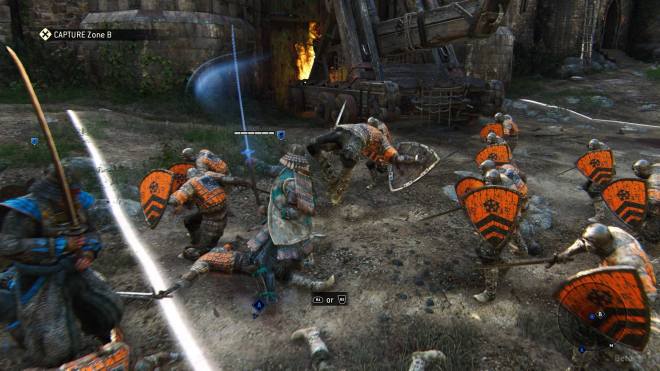

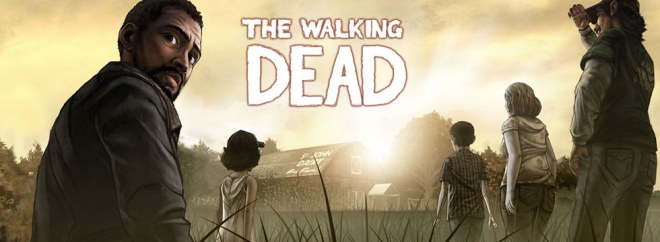
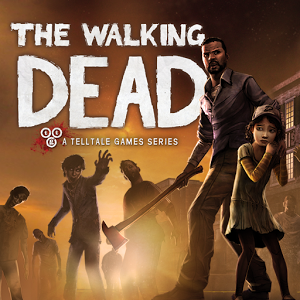 The Walking Dead: Season 1
The Walking Dead: Season 1 




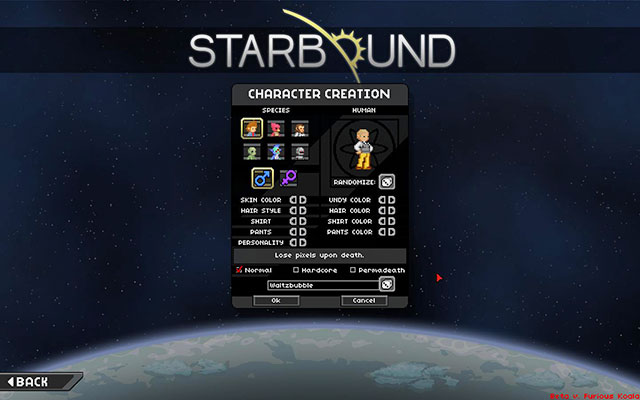
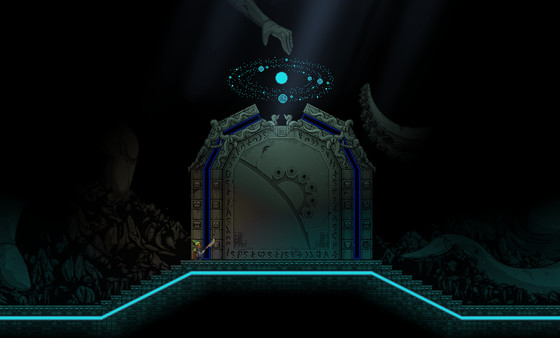

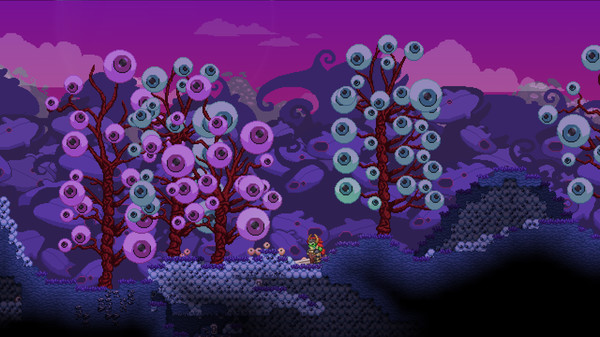
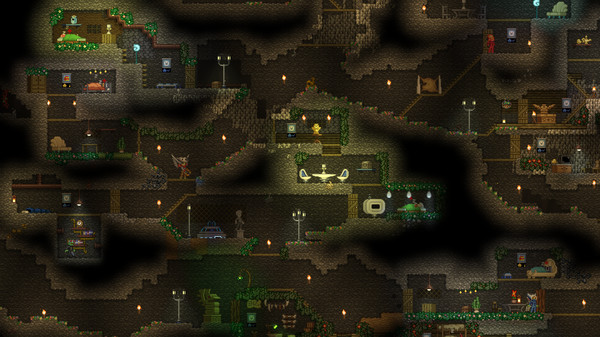
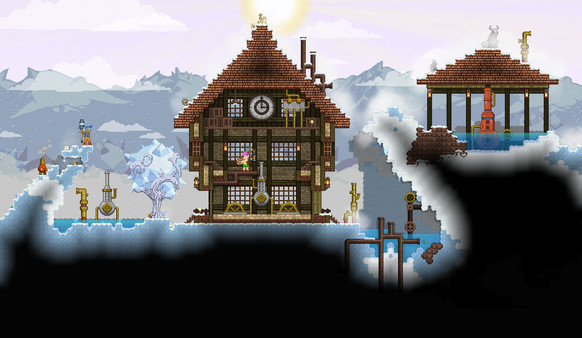
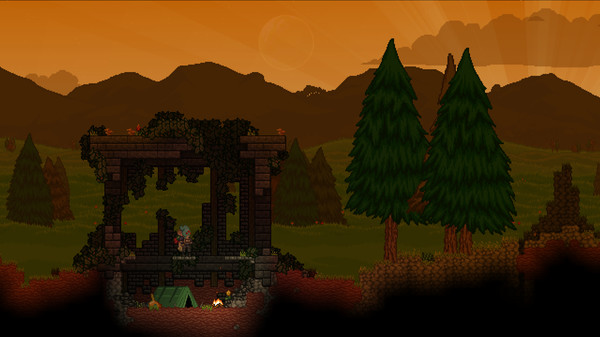
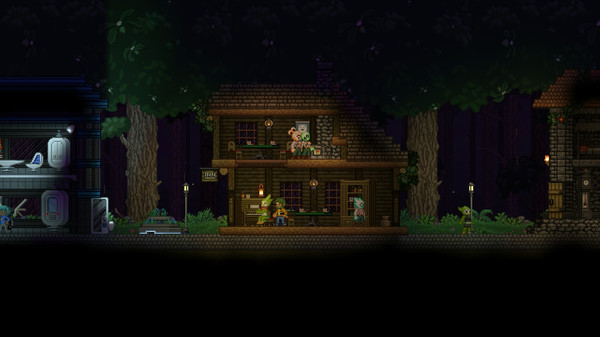
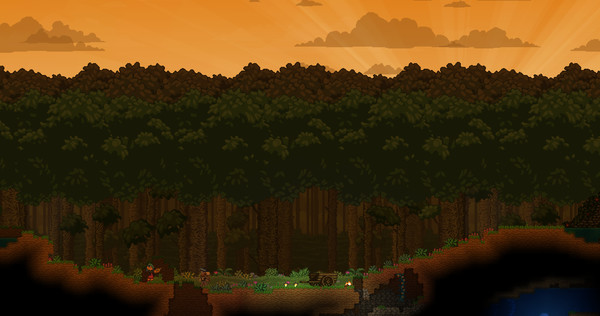


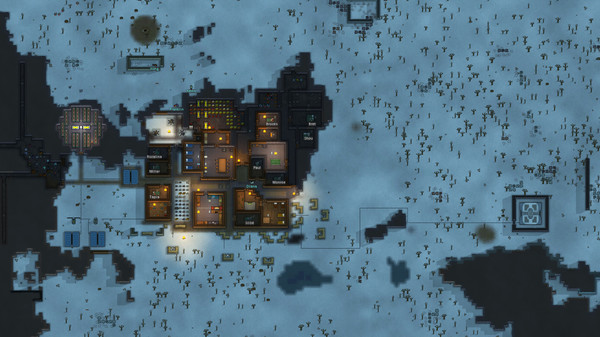
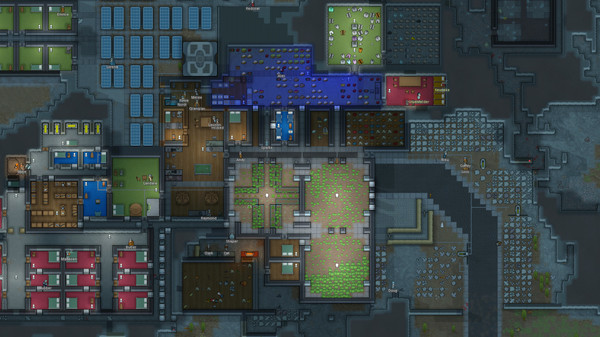
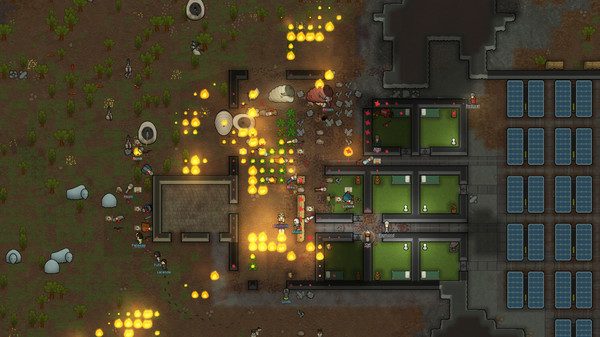
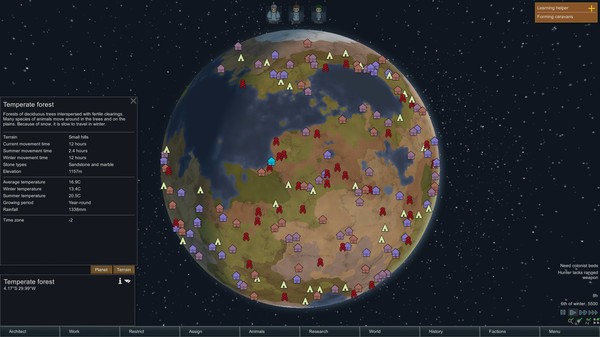
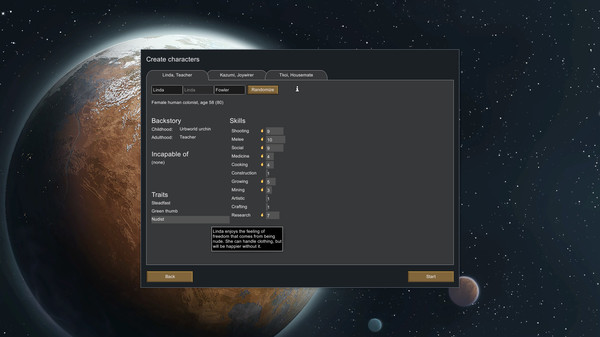
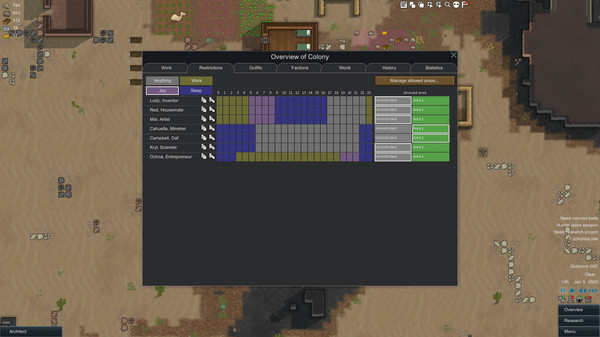
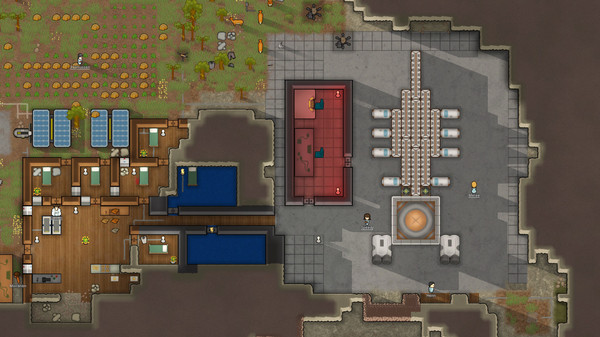
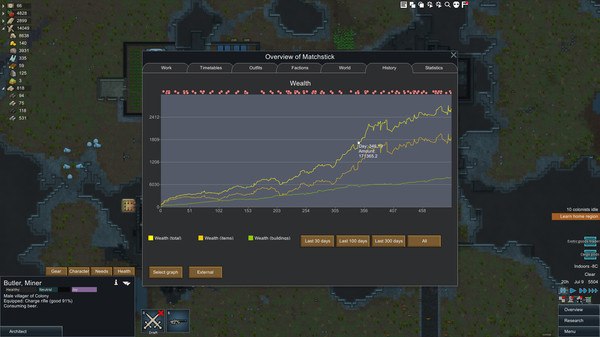
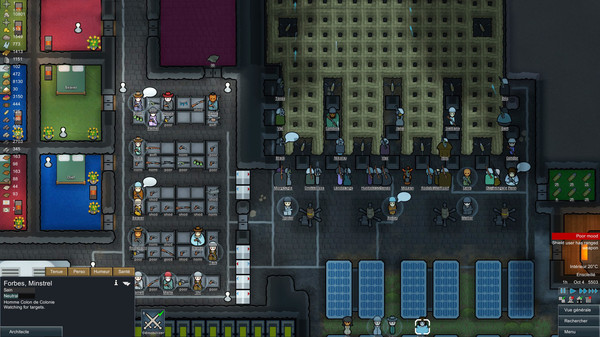


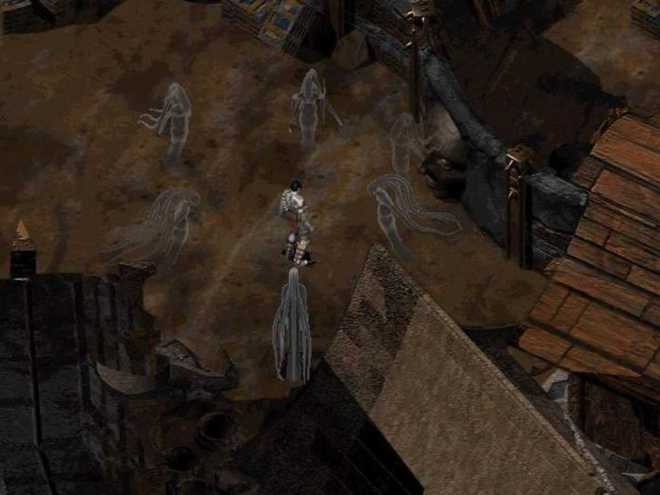
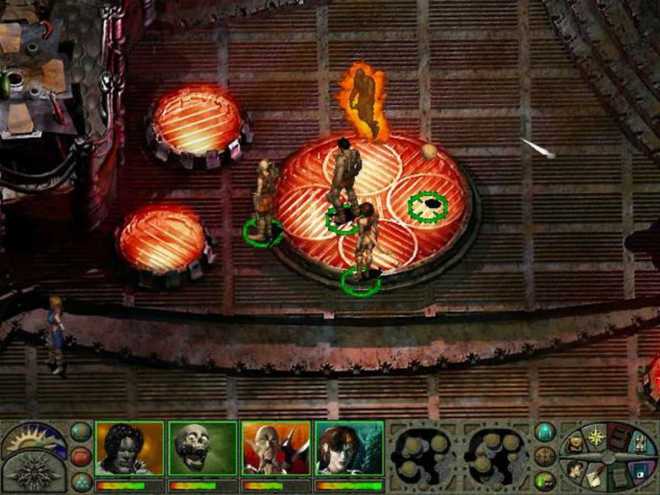
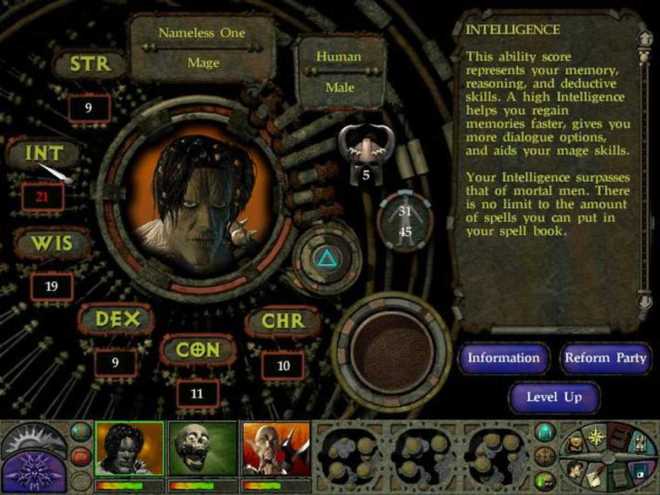
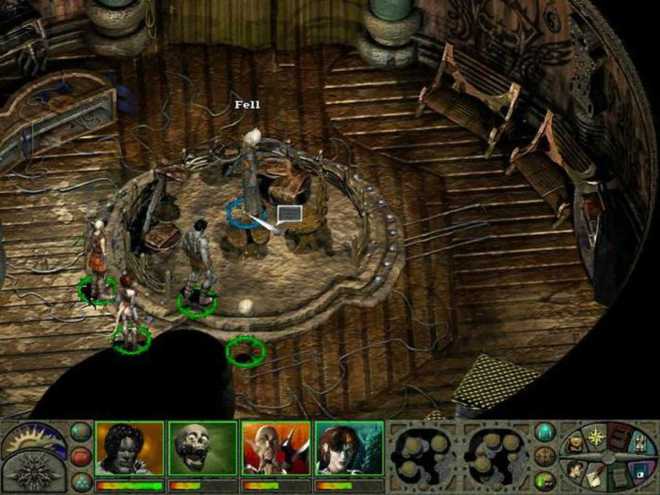
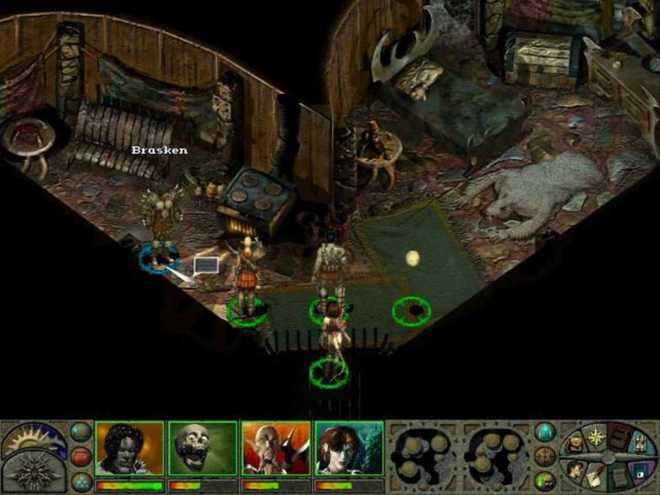
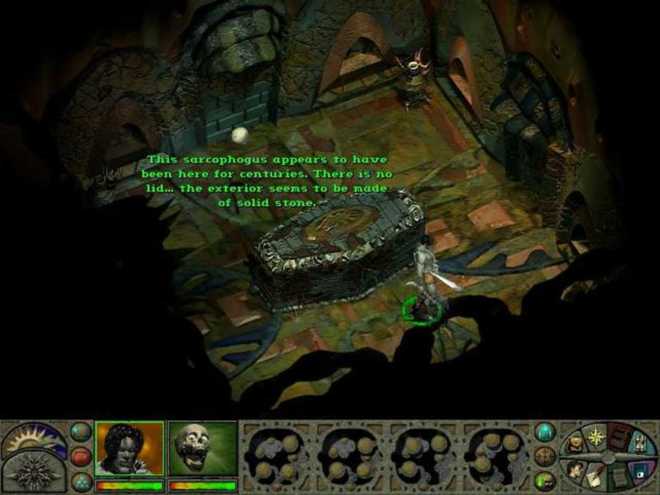

 Dead Space
Dead Space 